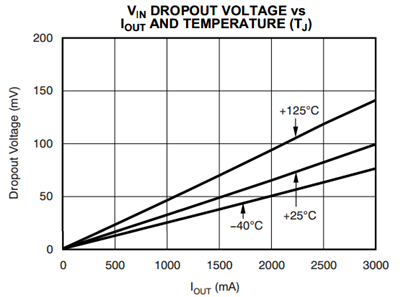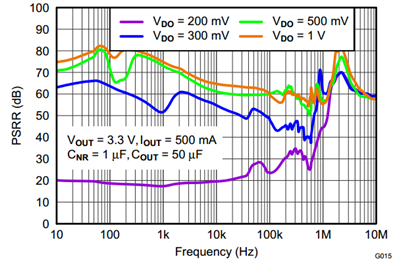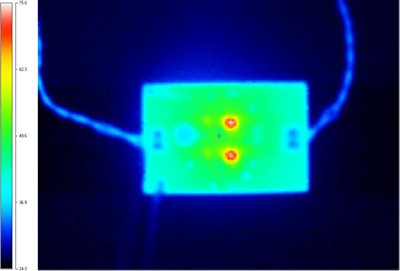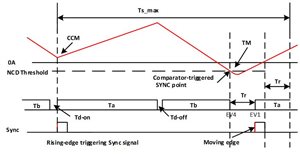Have you ever had a button that gets stuck when you press it? Or how about one that won’t go down because something has fallen between the air gaps?
While mechanical buttons can be an inexpensive option for your design, they can sometimes have problems. To solve this, a capacitive touch interface has been incorporated into a vast number of products. However, those can have issues of their own. Have you tried to use these products with gloves or in a noisy area where you can’t hear it register? What about when there are contaminants on the surface?
In order to solve both of these problems simultaneously, we need to look at the pros and cons of both of these types of buttons.
| Interface | Pros | Cons |
| Mechanical Button |
|
|
| Capacitive Touch |
|
|
These pros and cons can be broken into essentially two categories: feeling the press of a button and press detection reliability.
Feeling the press of a button:
As you may have noticed, the newest smart watches do not have mechanical buttons but instead have users tap to receive a haptic feedback response. This haptic feedback is accomplished with an actuator inside the device. When the device detects a press, the device will simulate the feeling of pressing a button by driving the actuator with a certain acceleration profile that mimics a button press or tap. A number of products, including smartphones, wearables and automotive infotainment equipment, already use haptics to provide a better user experience. A general guide to choosing an actuator for these kinds of applications can be found here.
Press detection reliability:
The best feature of a mechanical button is that it uses displacement to detect button presses. However, that movement is also the factor that causes reliability and cleanliness issues. Although capacitive touch increases reliability by not having mechanical movement this technology can have noise issues when exposed to the environment. To solve this problem, a system that can detect mechanical displacement but doesn’t “really” move is needed. TI has come up with innovative IC solutions with the LDC1000 family.
The LDC1000 is an inductance-to-digital converter that can detect microns of displacement. This technology can be implemented with a number of surfaces, the easiest being a conductive metal.
A complete solution and reference design:
Tying both the haptic and touch technologies together into a complete solution provides a robust, innovative option for designers. The Touch on Metal + Haptics reference design showcases the sleek brushed aluminum design that can be used to create a much better user experience.
This design will easily drop into a various types of end equipment, such as elevators, point-of-entry keypads and automotive infotainment equipment.The hardware demonstration of this design showcases four buttons to represent a variety of applications for building automation, industrial interface and automotive, to name a few. Each of these buttons interfaces to an LDC1000, where it can measure < 1µm of displacement between the metal and embedded coil in the PCB. Additionally, this reference design showcases two of TI’s advanced haptic drivers. The DRV2605L is a haptic driver for ERMs and LRAs and includes a built-in library of effects licensed by Immersion, built on top of a smart loop architecture for optimum actuator performance. The DRV2667 is a piezo-haptic driver with integrated 105 V boost switch, integrated power diode, integrated fully-differential amplifier and integrated digital front end for higher bandwidth haptic responses.
Want to know more? Visit the detailed TI Designs reference design at www.ti.com/tool/TIDA-00314.
Other resources:
- Read other blogs about incorporating haptics into your design.
- Watch a video on the touch-on-metal demo from CES 2015.
- Read blogs about designing with inductance-to-digital converters.






























